How to Win with Black Pieces
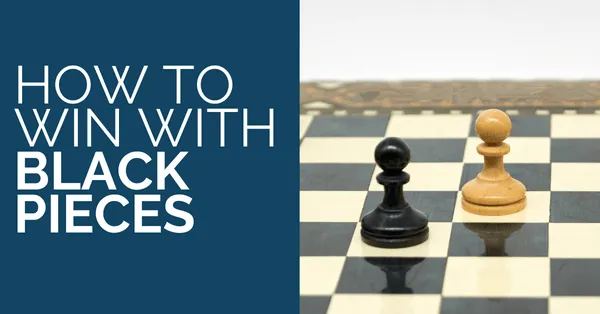
Win with Black Pieces: The player with the White pieces moves first in chess, which gives them a certain advantage. They can choose what direction the game will take and can fight for the initiative from the start. At the beginner level, such an advantage doesn’t matter.
There, the game is too hectic. But the better player you become, the more you see how important it is to have the right to move first. Strong players have learned how to use this advantage in the opening, and that makes it hard for the second opponent to come up on top. That’s why, at the highest level, victories with Black pieces are so admired.
Many people find it hard to win with Black pieces. But what if you have to? How should you approach the game to maximize your chances?
Equalize and then outplay
This is a classical approach to the game. Black plans to get out of the opening with an equal position and gradually outplay the opponent later. The motto is “it’s easier to win from an equal position than from a bad one.” The risk is that the position can be so balanced that your opponent will not commit mistakes. Still, if you think you are better at the middlegame or the endgame, you can choose this path.
Let’s look at two examples from the Candidates Tournament 2020-2021. The first-round game Grischuk – Wang Hao started with 1.e4 e5 2.Nf3 Nf6 3.Nxe5 d6 4.Nf3 Nxe4 5.d3 Nf6 6.d4 d5 7.Bd3 Bd6 8.Qe2+.
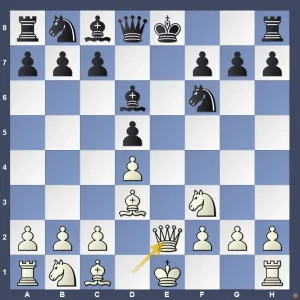
Black’s main moves here are 8…Be6, 8…Be7, and 8…Qe7. Wang Hao opted for the move that looked more fighting 8…Be6. The game continued 9.Ng5 Qe7 10.Nxe6 fxe6 11.c3 c5 12.Nd2 Nc6 13.Nf3, and soon the following position was reached:
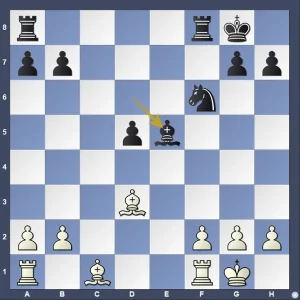
The endgame is unpleasant for Black. Wang Hao managed to hold the game, but he never had any winning chances.
In Round 12, Wang Hao played the same line against the future winner of the tournament, Ian Nepomniachtchi. This time Black chose 8…Qe7, which led to an endgame where White initially was a little bit better. Still, with many pieces left on the board, there was a lot of room for inaccuracies. At some point, Black seized a slight initiative. White kept holding for more than 20 moves until the critical mistake was made on move 39. 28 moves later, White resigned. It was an exhausting game, but Black never risked losing. Things could have turned differently for Black, had they played a sharper line.
Win with Black Pieces: Come up with an opening trap
If you are not sure you can outplay your opponent from an equal position, it makes sense to come up with a tricky opening. If you catch your opponent with it, it gives you a head start that can be very helpful.
At the same time, let’s keep in mind it is impossible to win with Black pieces without help from your opponent. You can get a better position out of the opening with Black pieces only if White does something wrong.
One of the ways to make your opponent go wrong is to play an opening they don’t know well. Before the game, you can’t know for sure what your opponent knows or remembers, so it is more like a lottery. You can play a rare line or a sketchy gambit to catch them off guard, but keep in mind it is risky. Usually, the shorter the time control, the easier it is to get away with frivolities in the opening.
There are many traps in chess. Some of them are well-known but still, people keep falling into them. Nowadays, one of the most popular trap lines is the Stafford Gambit: 1.e4 e5 2.Nf3 Nf6 3.Nxe5 Nc6 4.Nxc6 dxc6.
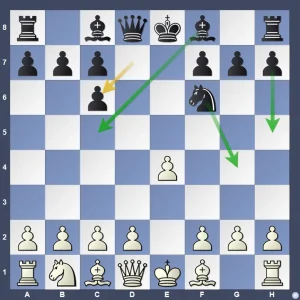
Black gave up a pawn to open the prospects for their pieces and plans to launch a quick attack with …Bc5, …h5, …Ng4. This line was popularized by IM Eric Rosen, who won tons of blitz games with it. It is indeed easy to go wrong as White against it.
Most of the good players have already studied this line and will avoid all the traps. So if you choose to play tricky lines, many of them in your repertoire are better.
Choose a fighting opening
You can look up your opponent’s previous games in the database and find out what openings they play. If they go for the Exchange Slav, it probably doesn’t make sense to play this opening in a must-win situation. The openings that allow you to play for a win are usually those that create imbalances.
Objectively speaking, White can play safely against any opening. Still, you can observe your opponent’s repertoire and find where it is better to hit. Usually, it is a line that allows you to avoid massive piece trades from the very beginning.
For this approach, the most common openings are the Sicilian, the Pirc, the King’s Indian Defense, the Benko Gambit, the Modern Benoni, and others. These openings are sound, and it is less risky to play them than trap-based lines.
Win with Black Pieces: Provoke your opponent
Another possible strategy is to provoke your opponent. This is the idea behind most of the hypermodern openings. You allow your opponent to grab the center only to attack it later. When pawns move forward, they leave weak squares behind. That is why spatial advantage often turns into a headache.
In the game Letelier – Fischer (Leipzig, 1960), after 1.d4 Nf6 2.c4 g6 3.Nc3 Bg7 4.e4, Black castled immediately (4…0-0), although the regular move is 4…d6.
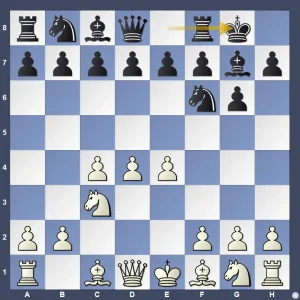
Perhaps, White decided that since it is not a common move order, there should be something wrong with it. In order to punish Black, they played 5.e5 Ne8 6.f4 when White’s space advantage looked overwhelming indeed. But what proved to be more important was the development. Black started blowing White’s center with 6…d6!
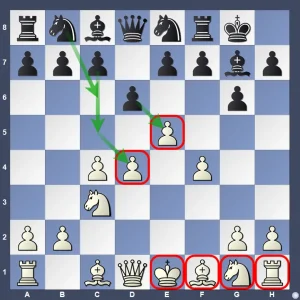
Soon, Black destroyed the White’s center and won a beautiful game.
A similar situation happened in one of the games of Ian Nepomniachtchi from the Candidates Tournament 2022. In Round 7, he reached the following position against Richard Rapport:
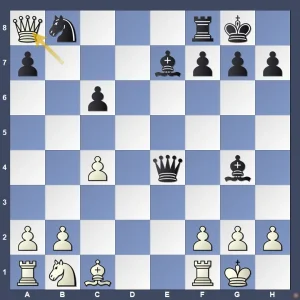
This messy position was known in theory as leading to a draw by force. However, Rapport thought the draw had to be made after 14…Bd6 15.Qxa7 Bh3, whereas Nepomniachtchi played 14…Bh3! immediately. Since it was not the move Richard remembered to be the best, he started thinking and trying to find its flaws.
After 15.gxh3 Qg6+ 16.Kh1 Qe4+ 17.Kg1 Qg6+ 18.Kh1 Qe4+ 19.f3 Qd3 20.Kg2 Qg6+ 21.Kh1 Qd3, he finally decided to avoid the move repetition with 22.Nd2?, which turned out to be a fatal mistake. Black quickly got a big advantage and won the game rather easily.
Wreak havoc
Sometimes the easiest way to make your opponent make mistakes is to create chaos on the board. Let’s remember Mikhail Tal’s famous quote: “You must take your opponent into a deep dark forest where 2+2=5, and the path leading out is only wide enough for one.” Does the color really matter if you can get such an irrational position?
Bobotsov, Milko – Tal, Mikhail [E81]
WchT U26 fin-A 05th Varna BUL (2), 07.1958
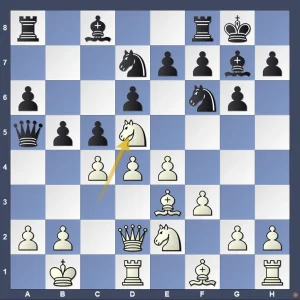
White’s last move 11.Nd5 set a trap. 11…Qxd2 would allow 12.Nxe7+.
Most of the people would play 11…Qd8, saving the pawn on e7. Yet, Mikhail Tal finds a way to stay true to his words: 11…Nxd5! 12.Qxa5 Nxe3 13.Rc1 Nxc4
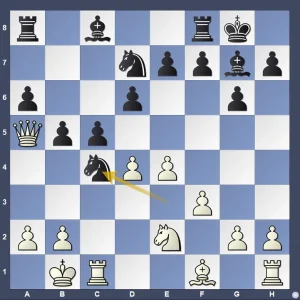
White is up a queen for two minor pieces and a pawn, but the position is quite unpleasant. The kingside is not developed, the king is vulnerable, and the center is collapsing. Most importantly, Black’s sacrifice seized the initiative: it forced White to defend for many moves to come. Black won this game convincingly.
Win with Black Pieces: Conclusion
If you believe you are a better player, you can play your regular opening or something safe and still try to outplay your opponent in a long game. Another way is to play more aggressively in the opening. You should choose the opening depending on your and your opponent’s strength and preferences. It can be a trap-based line or a sound counter-attacking setup. It is also often easier to win the game when your opponent plays for a win too.
You also might like Top 10 Biggest Blunders Grandmasters Made at Chess.




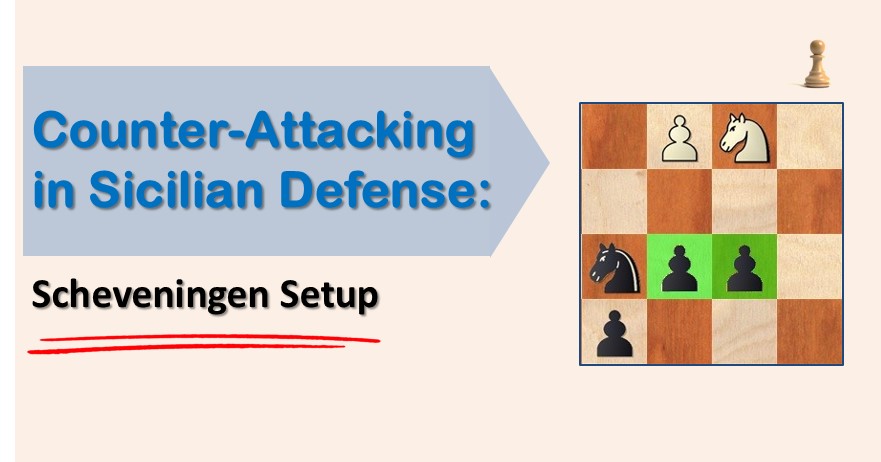
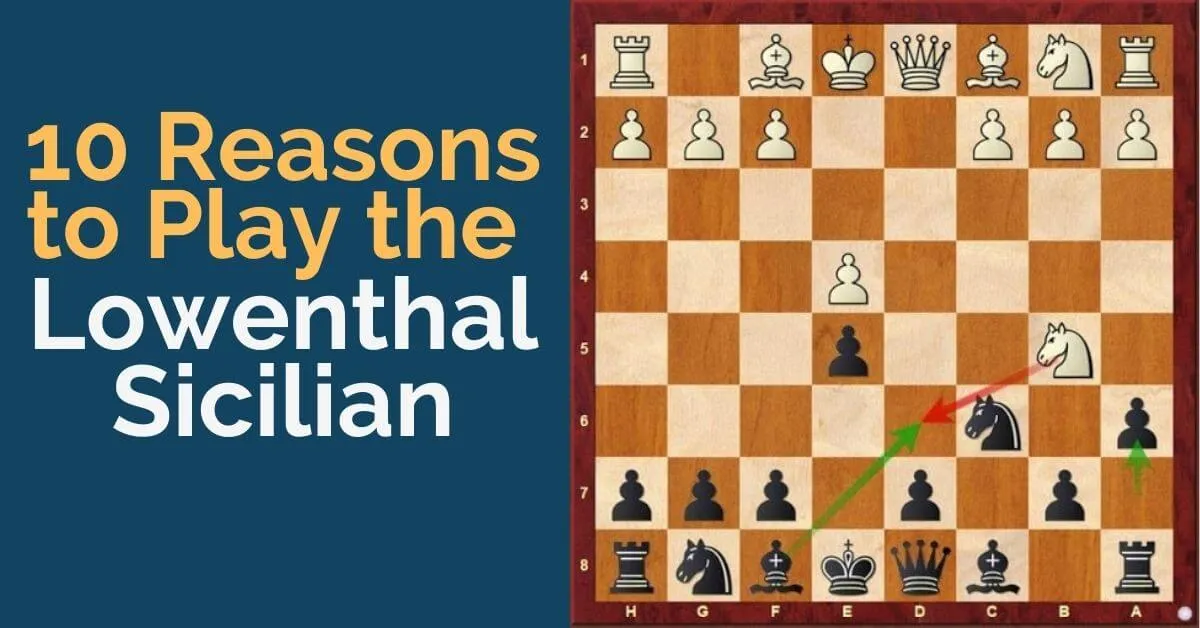




Comments: